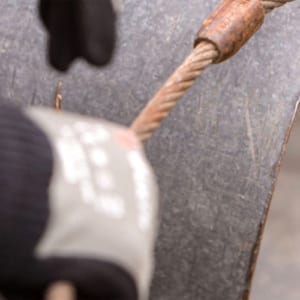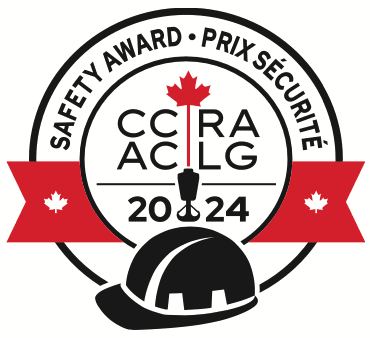After a rigger determines the weight of a load, the next critical step in planning a safe and successful lift is determining the centre of gravity (COG).
If the COG is not directly below the hook, the result will be an unstable load and potentially a very dangerous lift. When the lift point is not over the COG, the load will shift until the COG settles below the suspension point.

According to Ralf Notheis, Manager of Bigfoot Crane Academy, there are at least five different ways to find the COG and only one requires an on-site calculation. “Sometimes loads come with engineered lugs already in place based on the COG,” says Notheis. “Other times the COG is supplied to the rigger, either marked on the load itself or in the paperwork.”
Centre of Gravity: Balancing Loads Properly – Civil Rigging
In Bigfoot’s Civil Rigging Course, every rigger is taught the two most common ways to find the COG of a load: estimating and calculating. Estimating the COG is based on test lifting and adjusting the rigging lengths as necessary, while calculating the COG requires the basic use of a tape measure and calculator.
Also, special reference is given to narrow loads and other unique shapes, which require riggers to know more about how to maintain load control.
Bigfoot’s training emphasizes how to keep riggers safe on the job. Unstable loads are one of the most common causes of accident and injury when performing lifts. Good training provides riggers with a basic understanding of COG and gives them confidence in lifting loads efficiently and safely.
To learn more about how to determine a load’s centre of gravity, enroll in our Civil Rigging Course by clicking the button below.







